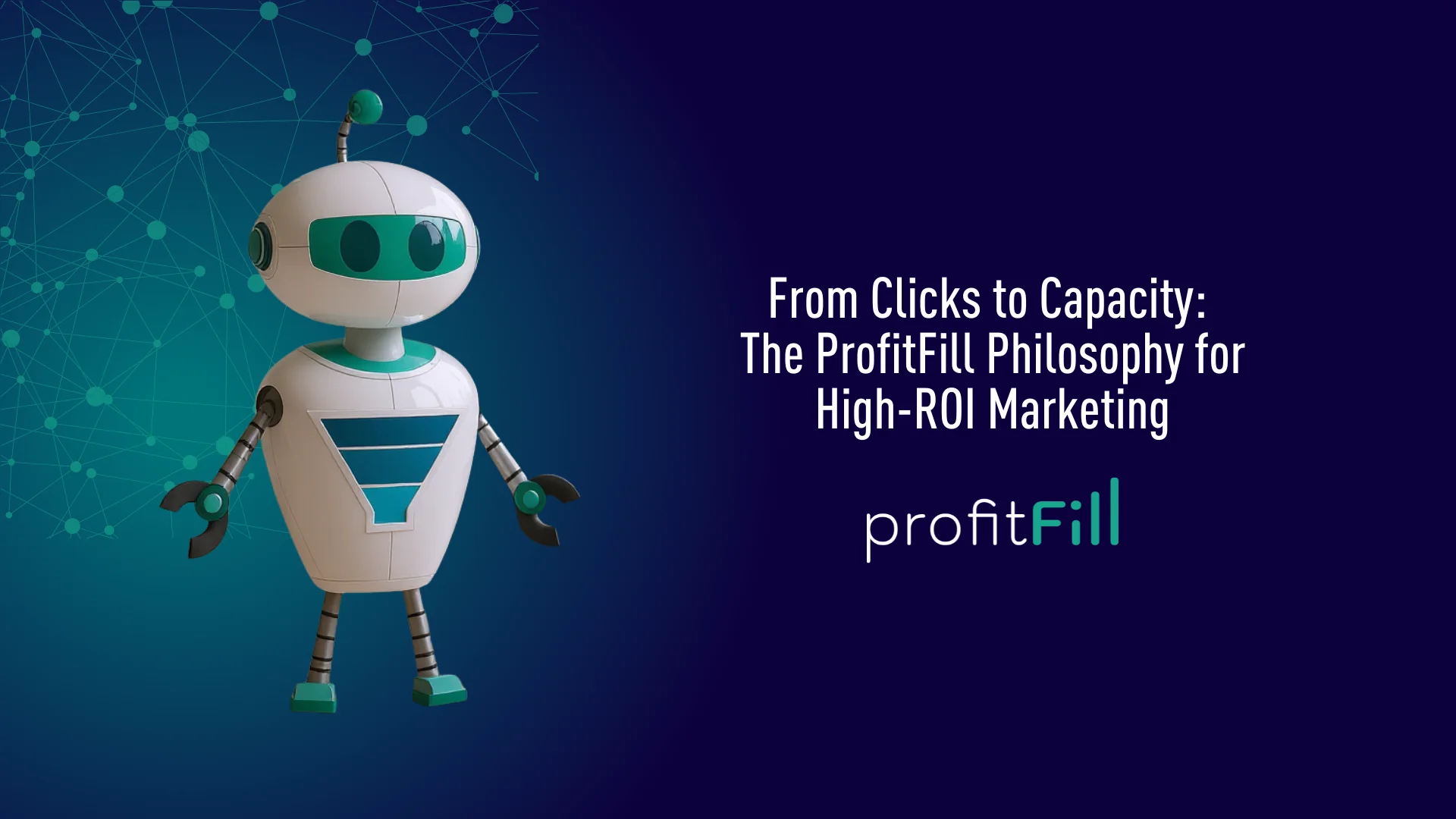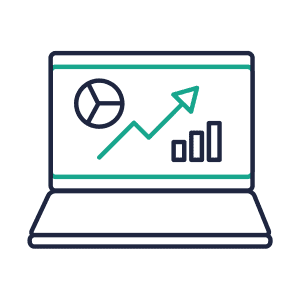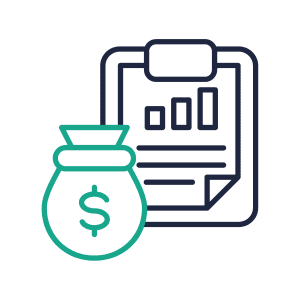In the world of home services—HVAC, plumbing, electrical, garage doors, roofing—your marketing budget isn’t just about getting clicks. It’s about turning those clicks into booked jobs… at the right time, for the right price, with the right profit margins.
That’s where The ProfitFill Philosophy comes in. It’s a marketing approach built to connect capacity and profitability, so your ads don’t just bring in leads—they bring in the right leads when you can actually serve them.
The Problem with “Always On” Advertising
For years, traditional PPC (pay-per-click) marketing has worked on a simple premise:
- Spend money to get clicks
- Hope those clicks become leads
- Repeat
The problem? In the home service industry, demand isn’t steady—it’s seasonal, it’s weather-driven, and it’s affected by your own technician availability.
I’ve seen companies pay thousands for ads during peak seasons only to realize their schedules were already full. That means those ad dollars weren’t just wasted—they were competing with organic leads you were already going to get.
From On/Off to Intelligent Throttling
When I first started working with clients like Action Furnace, our earliest version of ProfitFill was pretty straightforward:
- On when we had gaps in the schedule
- Off when we were booked out
But over the years, we evolved far beyond a basic switch. Today, ProfitFill uses advanced algorithms to:
- Identify the best postal codes and neighborhoods to target
- Focus on keywords that convert at the highest ROI
- Read every invoice to tie revenue directly back to clicks
This means we know, down to the dollar, which ads produce real revenue—and we can scale up or down based on technician capacity in real time.
The Power of Capacity-Based Bidding
Think of capacity-based bidding as your marketing cruise control. Instead of running ads at the same speed all the time, we adjust the spend to match your schedule.
- Low Capacity: We push more budget into high-converting campaigns
- High Capacity: We pull back to avoid wasting spend and protect margins
It’s not about “getting as many leads as possible.” It’s about getting the right number of leads at the right cost so your business stays profitable.
Profit Principles: Knowing What You Can Afford to Pay
A big part of The ProfitFill Philosophy comes from what we call Profit Principles—a framework we’ve taught clients for years. It’s about knowing:
- Your average ticket value (repair, maintenance, install)
- Your booking rate from calls to jobs
- Your upsell rate once you’re in the home
When you know these numbers, you can determine exactly what you can afford to pay per lead and still make a profit.
Example:
- Average job: $1,200 revenue
- Booking rate: 80%
- Upsell rate: 40%
- Technician capacity: Balanced to match demand
With this math, you can confidently spend $200–$300 per lead in certain service categories and still be very profitable.
The Multi-Platform Advantage
ProfitFill doesn’t just look at campaign metrics inside Google Ads or Bing Ads—it looks at platform ROI as a whole. We evaluate performance across:
- Google Search Ads
- Bing Ads
- Local Service Ads (LSA)
- Facebook/Meta Ads
- Organic SEO
This cross-platform view is where most marketing agencies fall short. They’ll tell you a campaign is “performing” because the cost per lead is low, but if that lead type never turns into revenue, it’s not a win.
The Result: Predictable, Profitable Growth
With The ProfitFill Philosophy, companies like Action Furnace, Rainforest Plumbing & Air, and 4 Star Electric have been able to:
- Maintain full schedules without overbooking
- Increase annual revenue year after year
- Scale advertising without sacrificing profitability
It’s proof that when you connect clicks to capacity, marketing becomes less about gambling and more about investing in predictable returns.
Final Thoughts
If you’re running your ads “always on” without considering your actual capacity, you’re likely overspending when you don’t need to—and missing opportunities when you do.
The future of high-ROI marketing in home services isn’t about getting the most clicks. It’s about knowing when and where to get them so every dollar you spend has a clear path to profit.





